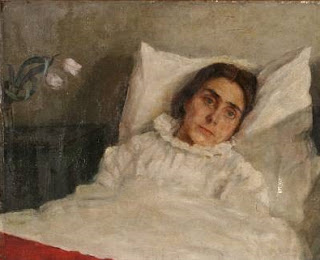You can't teach an old dog new tricks. Really?
 How many times over the years have you heard that? If you're like me - plenty.
Imagine my surprise and delight when I learned IT IS NOT TRUE.
How many times over the years have you heard that? If you're like me - plenty.
Imagine my surprise and delight when I learned IT IS NOT TRUE.
We have no reason to avoid learning new habits, methods, languages, or life-skills. You can teach an old dog new tricks.
And you can have your story characters learn new and helpful skills.
The research and proof
Norman Doidge, M.D.'s first book is The Brain That Changes Itself.
The book featured on PBS'S The Brain Fitness Program (Youtube Link here), offers
amazing stories about, and strategies for, brain flexibility. A five-star book
if there ever was one. If you, or someone you know, has had a stroke, brain
injury, or motor difficulties, read this book. It offers hope for recovery.
An
an astonishing new science called "neuroplasticity" is overthrowing the
the centuries-old notion that the human brain is immutable. In this revolutionary
look at the brain, psychiatrist and psychoanalyst Norman Doidge, M.D., provides
an introduction to both the brilliant scientists championing neuroplasticity
and the people whose lives they've transformed. From stroke patients learning
to speak again to the remarkable case of a woman born with half a brain that
rewired itself to work as a whole, The Brain That Changes Itself will
permanently alter the way we look at our brains, human nature, and human
potential.
We can
learn at any age. The stories in this book will make believers out of
doubters. The hope offered to stroke patients, brain-injured, and others is
remarkable.
For the
rest of us, we can learn about our brains and put them to even better use.
Knowing HOW our brains work lets us figure out the ways we can maximize the
ways to use our brains.
One of
the many positive reviews for Doidge's books.
“The
power of positive thinking finally gains scientific credibility. Mind-bending,
miracle-making, reality-busting stuff...with implications for all human beings,
not to mention human culture, human learning and human history.”
-The New
York Times


















